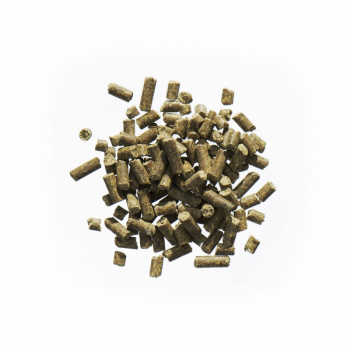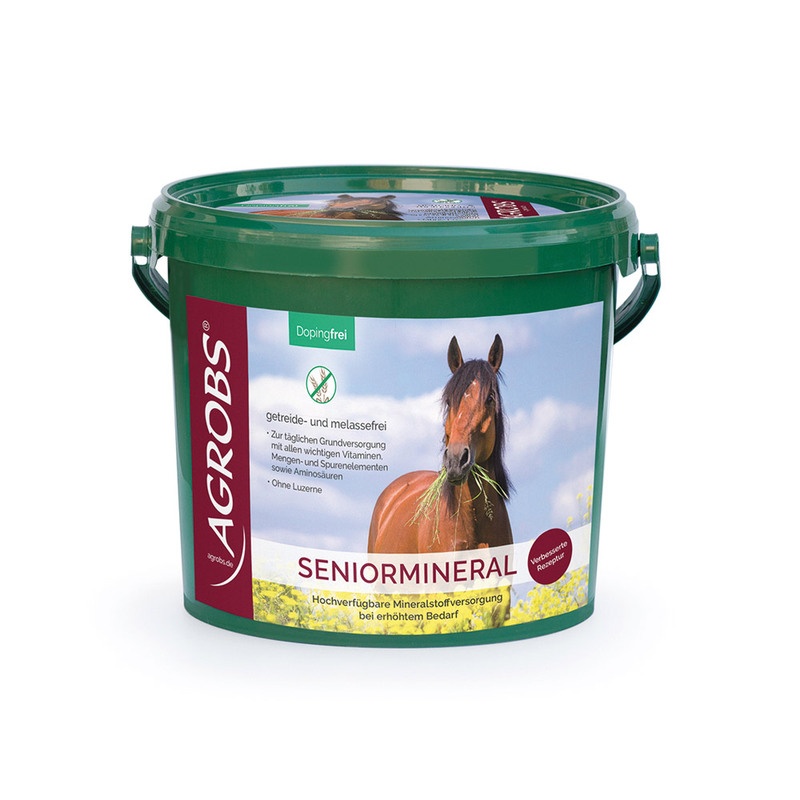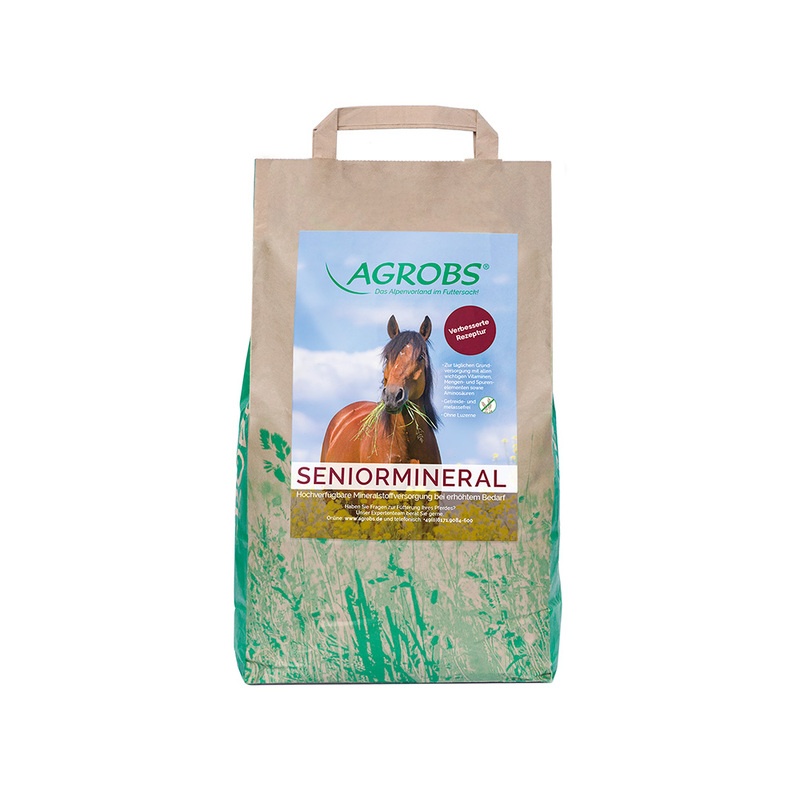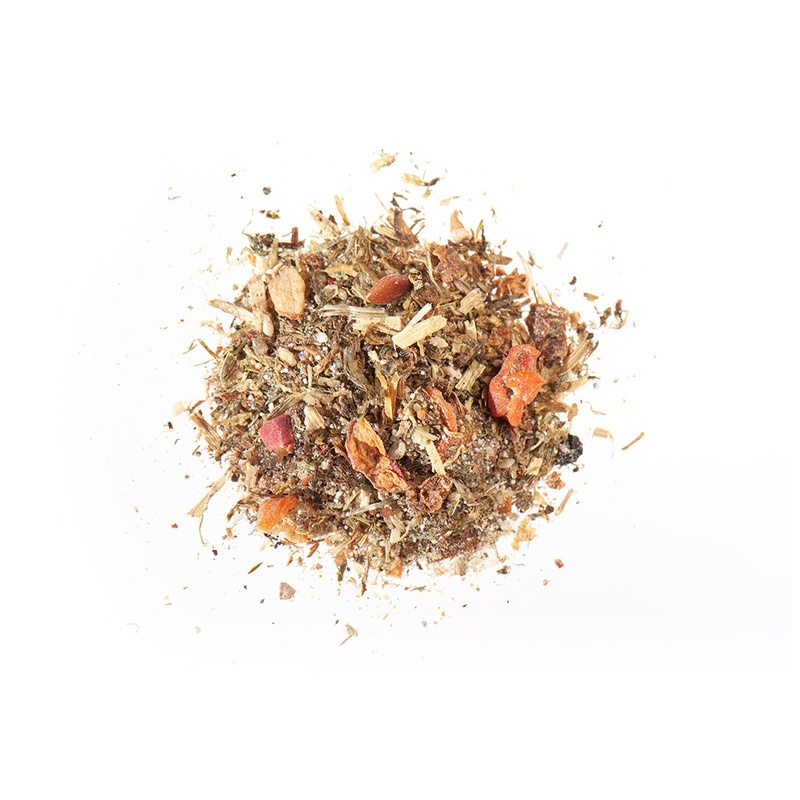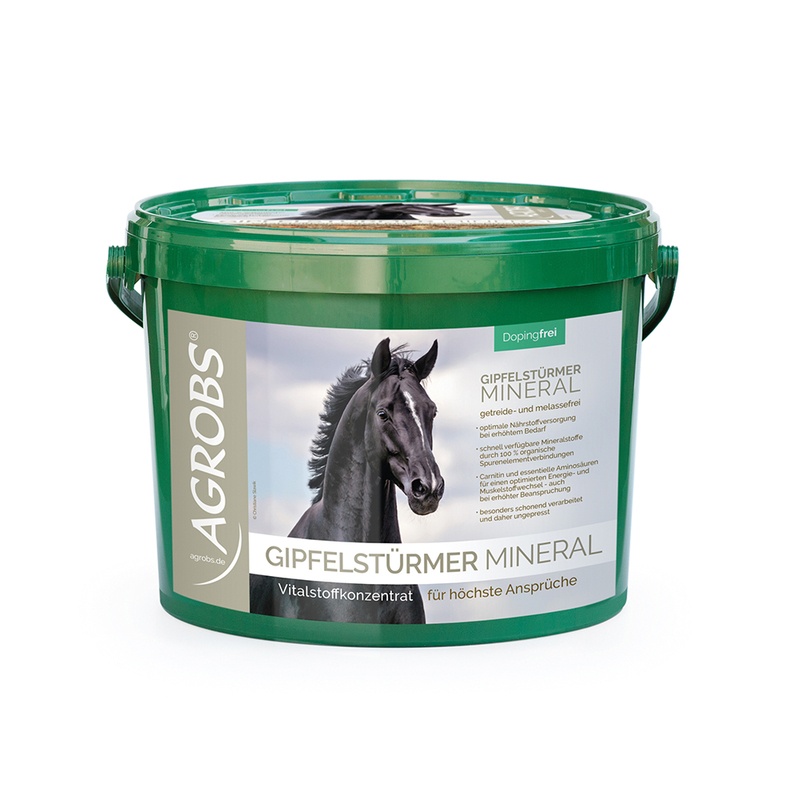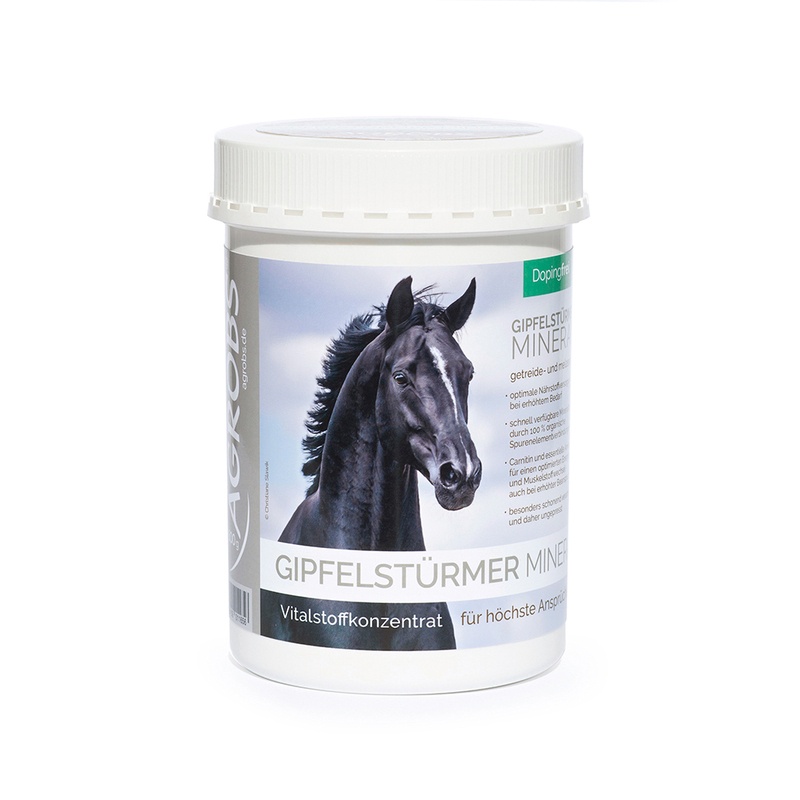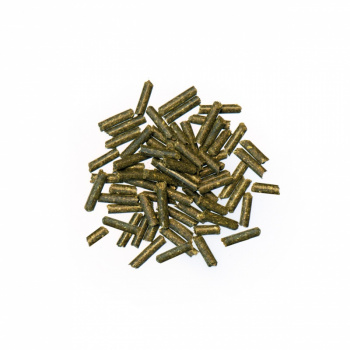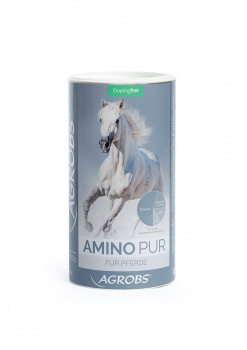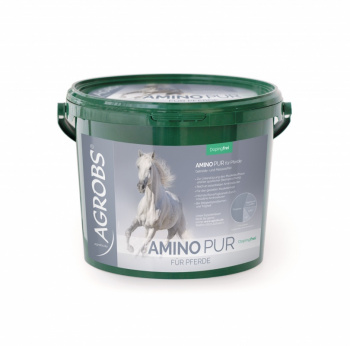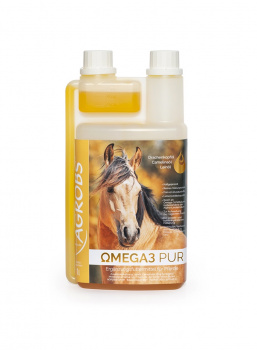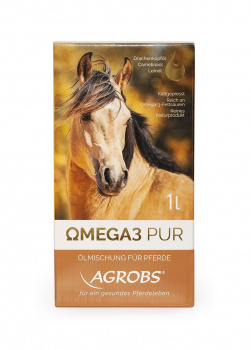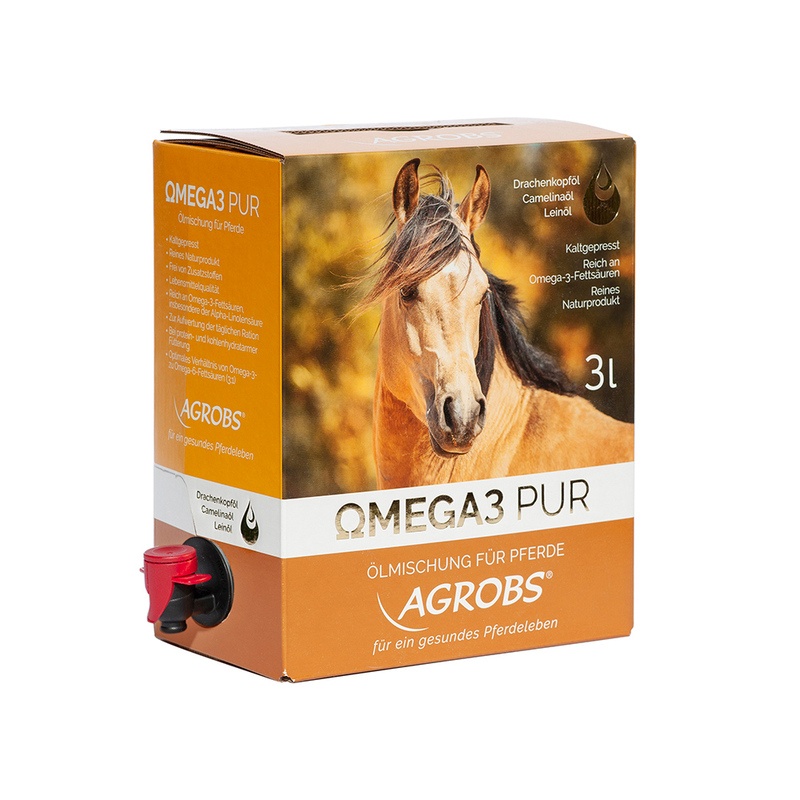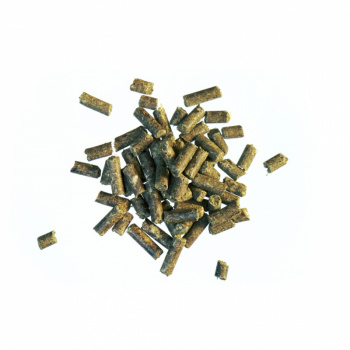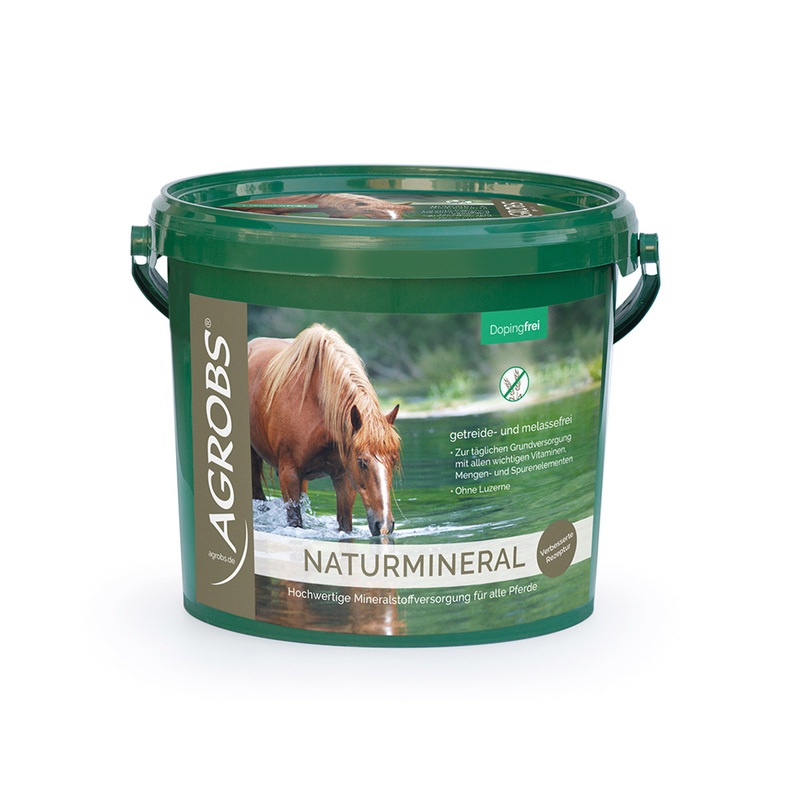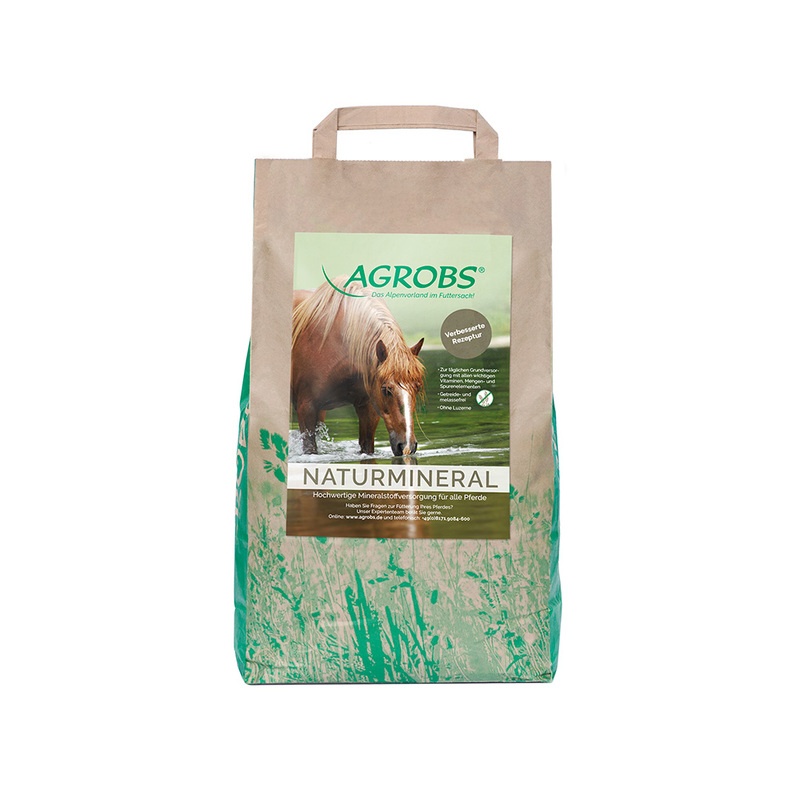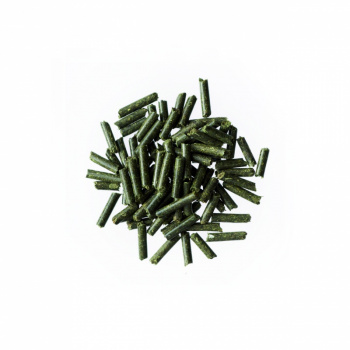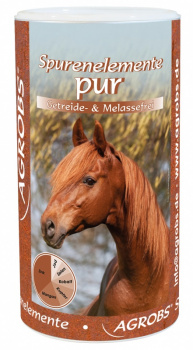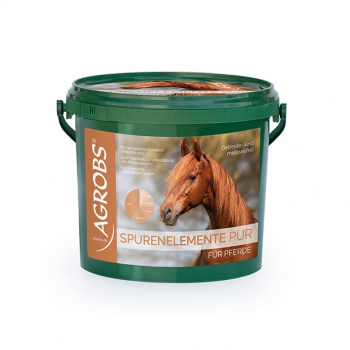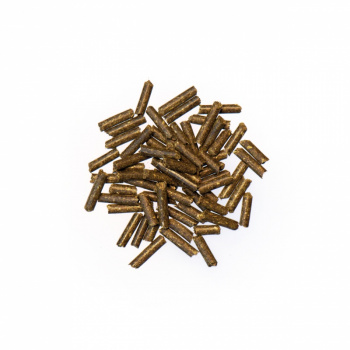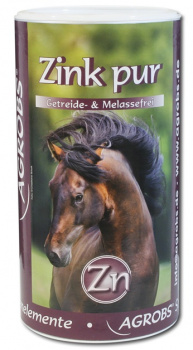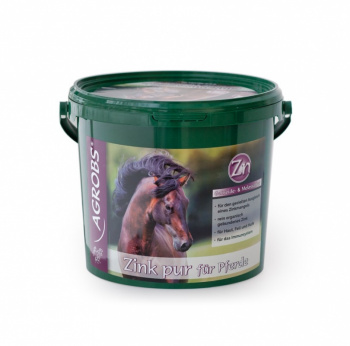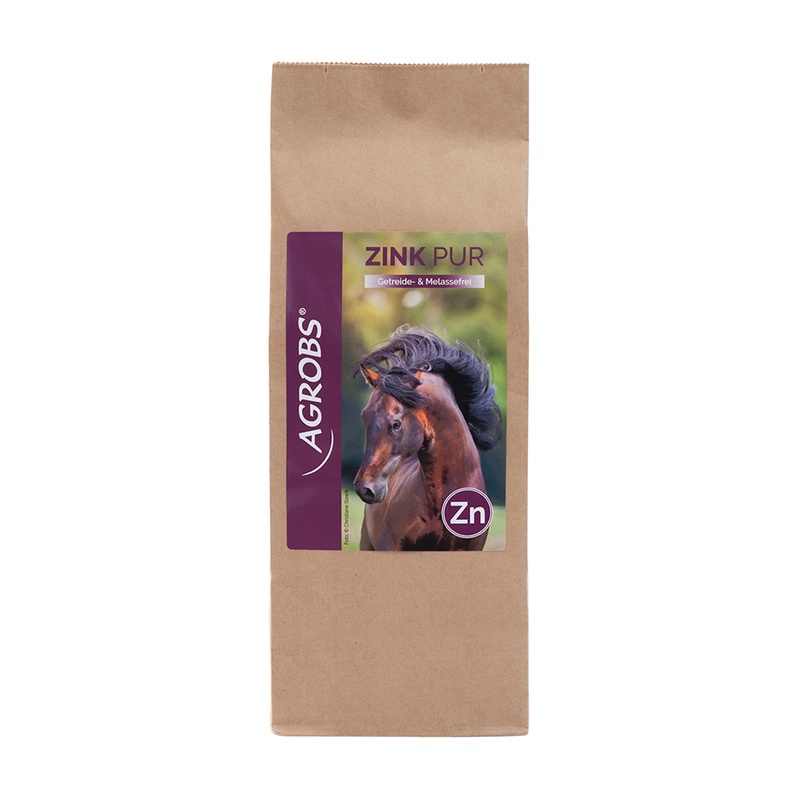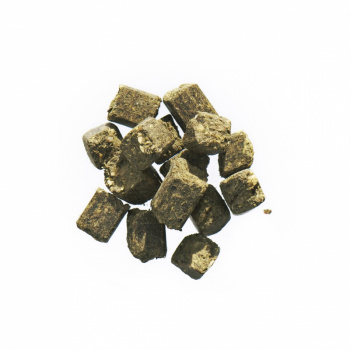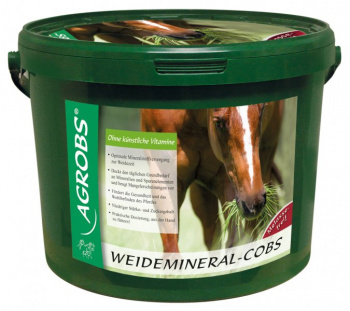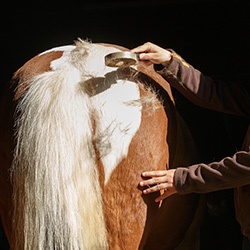
Horses and Seasonal Shedding
Not all horses get through the moulting season without problems. Some horses start late, or need longer until their coats are completely changed.
What happens when a horse sheds its coat? And how can you best support your horse during this time, especially if there are problems?
The natural changing of the coat
Horses have long hairs and short hairs. The first make up their forelock, mane, and tail. Some breeds have long hair on their legs, which is called feathering. Between the two there are also whiskers at the horse’s mouth and eyes. The horse’s (short haired) coat forms and insulating layer of air, which protects the horse from the cold. And because it can also reflect heat rays, it also serves as protection from the hot sun. A thick coat, however, makes it hard for the body to release heat on hot summer days.
Having adapted to these climate conditions, horses shed their coats twice a year – in autumn and in spring. The thicker winter coat provides the horse with insulation from the cold during the winter and counteracts energy loss. Because the change of season also means changes to the vegetation and thus the availability of food.
During the moulting process, the length and thickness of the hairs change very slowly. For sudden temperature changes, the hairs can stand up (piloerection), making the air layer between them thicker and thus providing better insulation.
What causes moulting?
Moulting is influenced by hormones, which are controlled by the changing length of daylight as the seasons change. The hormone prolactin regulates the body’s adaptation to seasonal changes, including moulting. Specifically, prolactin is responsible for regulating the hair follicle growth cycle. The release of prolactin is impeded by the hormone melatonin. The increased incidence of light, as is the case in spring, decreases melatonin production, which in turn results in the release of more prolactin. In horses and many other animal species, winter’s shorter days and an associated increased production of melatonin and decreased production of prolactin trigger the moulting process. In addition to the length of daylight, the change in temperature also activates physiological changes in animals. It has been determined that daylight and temperature influence the seasonal adaptation of the equine coat.
In autumn, the coat becomes longer. However, the actual shedding of hair and new coat growth happens in spring. The summer coat is not only thinner; it’s often also a lighter colour. Growing a new coat is a strenuous feat for the metabolism, and so the horse will often experience deficiencies.
Will an insufficient supply of nutrients affect a horse’s moulting?
The appearance of a horse’s coat generally reflects the animal’s state of health and care, including the meeting of its nutritional requirements. Normally, when a horse is not moulting its coat should be shiny and lie smoothly against the skin. Some breeds have rough-textured winter coats.
Malnutrition can also cause changes to the horse’s skin and hair. A deficiency of protein – particularly of the amino acids methionine, tryptophan and lysine – can lead to a dry, rough coat, hair breakage, and hyperkeratosis (an abnormal thickening of the outer layer of the skin). Such a deficiency can occur from eating only low-protein feed. However, a deficit can also arise from lactation, growth, or moulting, all of which require additional protein. A blood test can determine whether a horse has a protein deficiency. However, it only provides information about a possible protein deficiency. The horse should get a sufficient supply of essential amino acids at all times. You can quickly determine whether a feed ration is meeting your horse’s individual nutritional needs with a feed calculator.
An insufficient supply of zinc and/or vitamin A or beta-Carotene can lead to hair loss or diminished hair growth. Here, too, a blood test and a calculation of nutrients in the ration can alert you to a possible deficiency.
An insufficient supply of biotin (vitamin H) can also affect a horse’s coat. Biotin is normally produced in sufficient quantities by healthy gut flora. If these microbial flora suffer an imbalance, this can have a negative effect on biotin production, leading to fertility and growth disorders as well as dry skin and coat breakage, and make hoof horn brittle and weak. However, enteral synthesis (production in the gut) of biotin and B vitamins by microorganisms in the gut flora normally ensures an adequate supply.
In some circumstances, insufficient unsaturated fatty acids in the feed can lead to skin and coat problems. The coat may become rough and dry, the skin may thicken and the hair may fall out or break. Diagnostic feeding with a high-quality oil that is rich in unsaturated fatty acids can help.
If your horse has problems with moulting, check the entire feed ration in addition to having a blood test done as mentioned above, as there are interactions between individual trace elements. An increased intake of one trace element, for example, can influence the absorption of another.
Diseases and their effects on moulting:
There are other issues that can cause changes in coat quality and problems with moulting besides nutritional deficiencies. A dermatophyte, mite or lice infestation can cause poor coat quality and hair loss, as can allergies. But parasites and equine pinworms can also cause itching, with the horse seeking relief by rubbing the area around the dock of the tail.
Changes in the number, composition, localisation or activity of the microorganisms in the equine gut (dysbiosis) can lead to health problems as well as to a decrease in the gut bacteria’s synthesis of B vitamins and biotin and thus affect coat quality.
Pituitary pars intermedia dysfunction (PPID, often called equine Cushing’s disease) can also delay moulting. PPID is a dysfunction of the pituitary gland (hypophysis) that causes increased production of ACTH and consequently that of cortisol. Affected horses typically experience a delay in moulting and display unnaturally long and wavy hair (hypertrichosis). They may also display other symptoms such as loss of muscle tone, fat deposits, chronic laminitis, diminished performance, or increased susceptibility to infection.
An underactive thyroid gland (hypothyroidism) may in some cases also cause delayed moulting in adult horses. Hypothyroidism is rarely seen in adult horses, however.
Other chronic diseases can also cause poor appearance in affected horses, including coat quality and delayed moulting. In case of doubt, always consult a vet about the possible causes.
Agrobs mineral feeds for a basic supply of minerals and trace elements to meet your horse’s needs
- Agrobs Naturmineral – our basic mineral feed; no cereals or molasses
- Agrobs Weidemineral-Cobs – without vitamins, in practicalsized treats, ideal for the grazing season
- Agrobs Seniormineral – for the special needs of older horses
Agrobs pur Line to counter deficiencies or meet increased requirements
- Agrobs Zink Pur – pure organically bound zinc
- Agrobs Spurenelemente Pur – trace elements with high availability, ideal as a booster for increased requirements
- Agrobs Amino Pur – with essential amino acids. Suitable as a regime as well as for long-term use
- Agrobs Omega3 Pur – high in polyunsaturated fatty acids
- Agrobs Gipfelstürmer Mineral – for optimum nutrient supply in combination with essential amino acids and carnitine to meet increased requirements. Ideal for sport horses or convalescing horses
We are happy to advise you on individual feed-related moulting problems.
Dr. med. vet. Katharina Martin
December 2022 ©AGROBS GmbH
Sources:
- Coenen M, Vervuert I, Ed. Pferdefütterung. 6th updated edition. Stuttgart: Thieme; 2019
- Gehlen H, Ed. Differenzialdiagnosen Innere Medizin beim Pferd. 1st edition. Stuttgart: Enke Verlag; 2017
- v. Engelhardt, Breves, Physiologie der Haustiere. 2nd edition. Stuttgart: Enke Verlag; 2000
- Baumgartner. Klinische Propädeutik der Haus- und Heimtiere. 8th edition. Stuttgart: Enke Verlag; 2014
- Dietz O., Huskamp B.: Handbuch Pferdekrankheiten. Enke Verlag Stuttgart, 2006
- O'Brien C, Darcy-Dunne MR, Murphy BA.: The effects of extended photoperiod and warmth on hair growth in ponies and horses at different times of year. PLoS One. 2020
- Fitzgerald BP, Davison LA, McManus CJ. Evidence for a seasonal variation in the ability of exogenous melatonin to suppress prolactin secretion in the mare. Domest Anim Endocrinol. 2000
- Rose J, Stormshak F, Oldfield J, Adair J. The effects of photoperiod and melatonin on serum prolactin levels of mink during the autumn molt. J Pineal Res. 1985
- Schmidt K, Deichsel K, Arruda de Oliviera R, Aurich J, Ille N, Aurich C. Effects of environmental temperature and season on hair coat characteristics, physiologic and reproductive parameters in Shetland pony stallions. Theriogenology 2017
- Aumer F., May A., Schmitz R., Gehlen H.: Schilddrüsenerkrankungen beim Pferd. Pferdeheilkunde 27 (2011) 6 (November/December) 578-584




